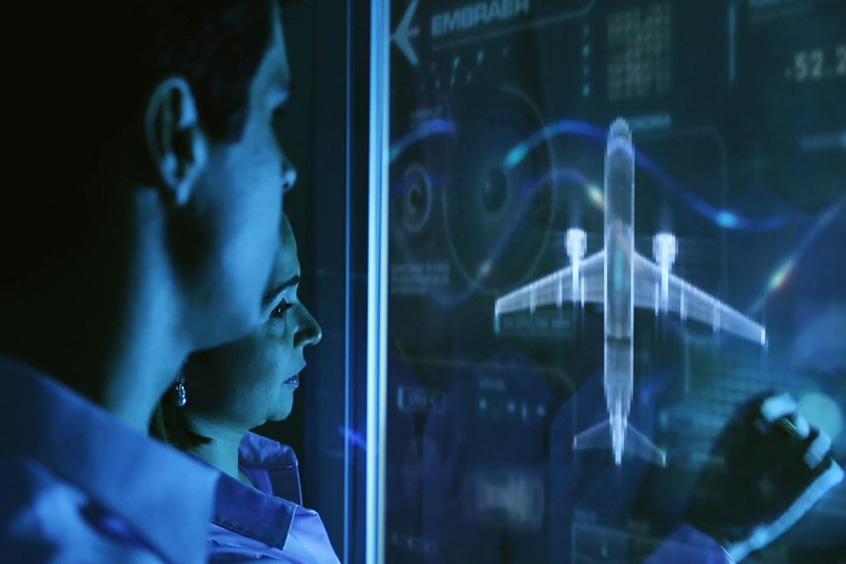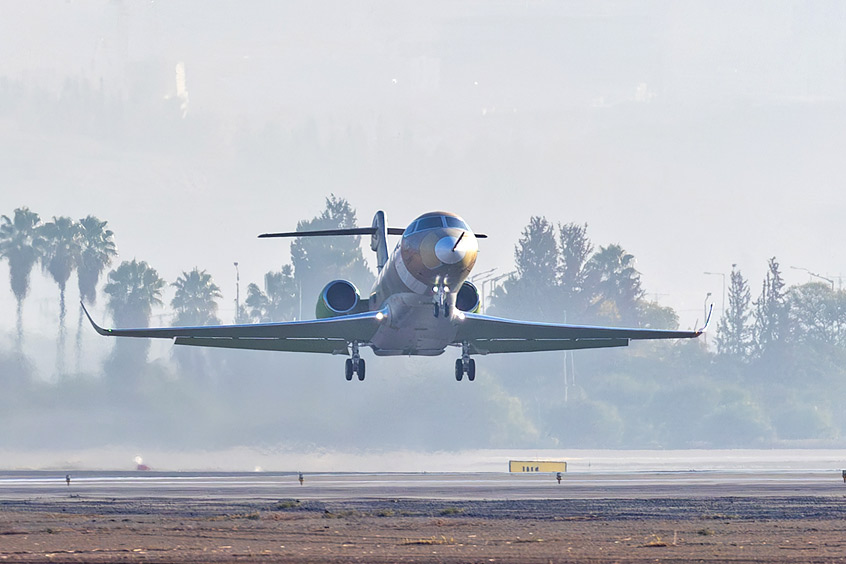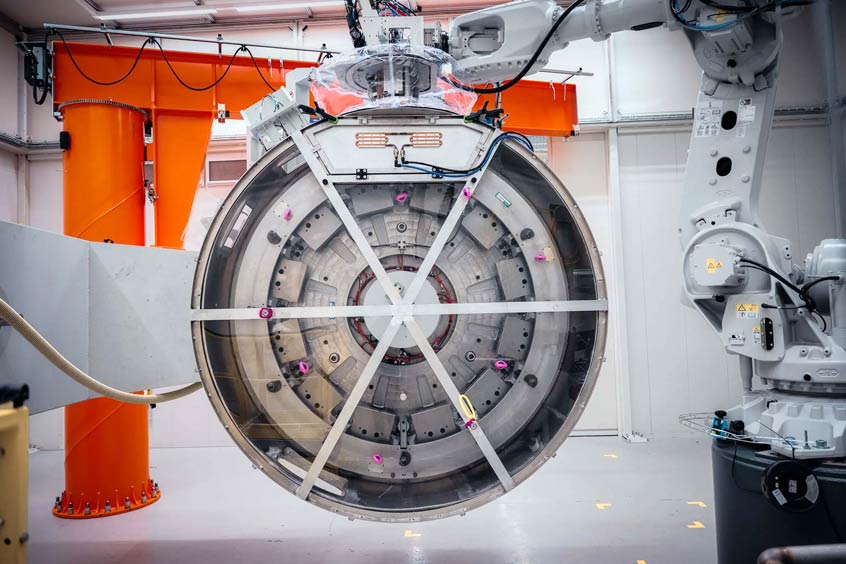PRESS RELEASE
Issued by: Safran Nacelles Le Havre
Safran Nacelles' successful application of virtual reality in the production of A330neo nacelles has received the highest honor for innovation from its Safran parent company.
Chosen from 93 projects submitted by Safran group companies and businesses in this year's Innovation Awards competition, Safran Nacelles' use of virtual reality was selected based on its benefits already demonstrated with the A330neo program, as well as the promise for future uses across its product line.
"Our experience has confirmed that virtual reality is a valuable tool for the entire lifecycle of a product - beginning with conception and design, followed by development of the production environment as well as training, and then to after-sales service and maintenance," explained Nicolas Lepape, the Research and Technology Project Manager for Virtual and Augmented Reality at Safran Nacelles. "In addition, we have shown its importance in supporting the spirit of 'collective intelligence' that comes from enhanced collaboration throughout all sectors of the company."
The selection of Safran Nacelles' virtual reality utilization as the top 2017 Innovation Award was announced today during a ceremony at the Safran Museum in Villaroche, France, attended by employees and managers from across the group, along with industry partners, customers and other invitees.
Safran Nacelles' first application of virtual reality was the conception of a final assembly moving line for the A330neo nacelle's transcowl - a large, complex component that is a key element in the nacelle system.
-- A life-sized virtual workspace for realistic interaction --
Working with France's ESI Group (a leading innovator in virtual prototyping software and services), Safran Nacelles set up a 4-meter-wide X 2.5-meter-high "cave" at its Le Have headquarters and production facility. This installation enables life-sized 3D images of objects and environments defined by computer-aided design (CAD) to be projected, thereby creating a virtual workspace for realistic interaction.
By immersing themselves in the 3D images, Safran Nacelles team members could accurately visualize the tooling needed on the production line before ordering the hardware, as well as verify the optimum ergonomic conditions for workers at each step during the transcowl assembly process, and then train those who would subsequently perform the actual assembly work.
The use of virtual reality was particularly important on the A330neo program, as it enabled Safran Nacelles to reduce the nacelle's development cycle from a typical 60 months to a streamlined 42 months - meeting the rapid pace required by Airbus for its New Engine Option (NEO) version of the A330 jetliner.
Lepape said Safran Nacelles earned its return on investment for the A330neo virtual reality's implementation in less than a year, beginning with the use of its 3D "cave" installation in at the Le Havre facility's B4 Building.
"The typical cost of creating a virtual reality 'cave' is 100,000-200,000 euros - which is equivalent to the average price of one major piece of tooling for a final assembly line," he explained. "Ensuring that our tooling is correctly developed from the start avoids having to modify - or even scrap - such expensive hardware."
Safran Nacelles subsequently used virtual reality in preparing the assembly of A330neo thrust reversers at its Burnley, UK production site, and will apply the benefits to its other ongoing programs and for all new projects in the future.
| Contact details from our directory: | |
| Safran Nacelles Le Havre | Turbine Engine Vanes, Nacelles, Wing Spoilers, Thrust Reversers, Engine Parts, Fairings, Aircraft Doors, Radomes, Exhaust Equipment, Non-Destructive Testing |
| Safran Group | |
| Related aircraft programs: |
| Airbus A330 |
| Related directory sectors: |
| Engine Components |
Weekly news by email:
See the latest Bulletin, and sign up free‑of‑charge for future editions.

Embraer and Aquarela complete AI-based Smart Planning project

Dassault expands Falcon 6X build partnership with Dynamatic

Super-midsize G300 completes first flight
